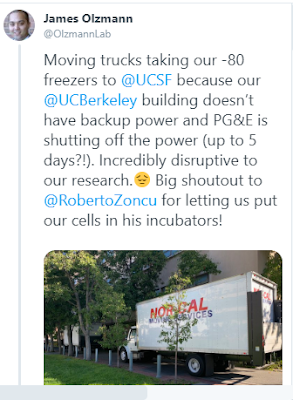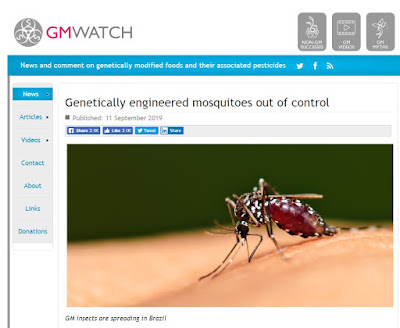Sterile insect technique is the process of treating insects with radiation to damage their DNA to render them unable to reproduce, and then releasing them into populations of the same species. Within a generation the numbers plummet. This is a great approach for A. egyptii mosquitoes, as a genetic solution can slow spread of Yellow Fever, Dengue, Malaria, Zika, West Nile and a host of other diseases. It is better to control insects with genetics rather than insecticides. Oxitech takes this one further and produces sterile insects using a larval-lethal gene that they can turn off in the lab. Lab grown mosquitoes grow just fine, adults are sorted into males and females, and males are released to mate and pass on the lethal gene to populations that spread disease. The next generation, well, isn't. But control is not complete and by definition , the engineered mosquitoes must mate with local populations . It is important to note that the local populations of A. egyptii are inv






